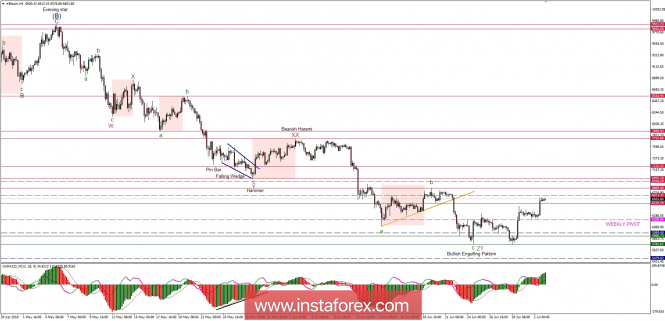The new attack on Bitcoin users, which gains control over the Windows clipboard for the exchange of crypto-addresses, already monitors 2.3 million computers.
Malware, which is part of a family of threats known as "hijackers," secretly gains control over memory, acting in the background to ensure that users will not notice its presence. It then replaces the Bitcoin address copied by the user to the clipboard with the attacker's address, which later unknowingly pastes and sends coins. If the user does not double-check the address, he will have no idea that this replacement has taken place.
Bitcoin users face various vulnerabilities when using transaction equipment, regardless of whether it is an Android smartphone, a Windows computer or other device. The list of threats continues to grow, even if they contain e-mails, while other malicious entities exchange destination addresses in different ways. Attackers recognize that users copy and paste addresses and created malware to be able to use it.
Keeping up-to-date antivirus software is the main protection of users against the problem, along with double checking of the target Bitcoin address during the transaction, if this has been done using the copy-paste function.
Some hardware portfolios, such as TREZOR, also force users to double-check addresses. It is highly recommended to use the hardware wallet instead of mobile or desktop wallet as the level of security in hardware wallets is much more higher.
Let's now take a look at the Bitcoin technical picture at the H4 time frame. The market is clearly going higher after the Double Bottom pattern was made at the level of $5,742. The bulls are now just under the very important technical resistance at the level of $6,809 and the possibility of a breakout is high. The immediate support is seen at the level of $6,519.

